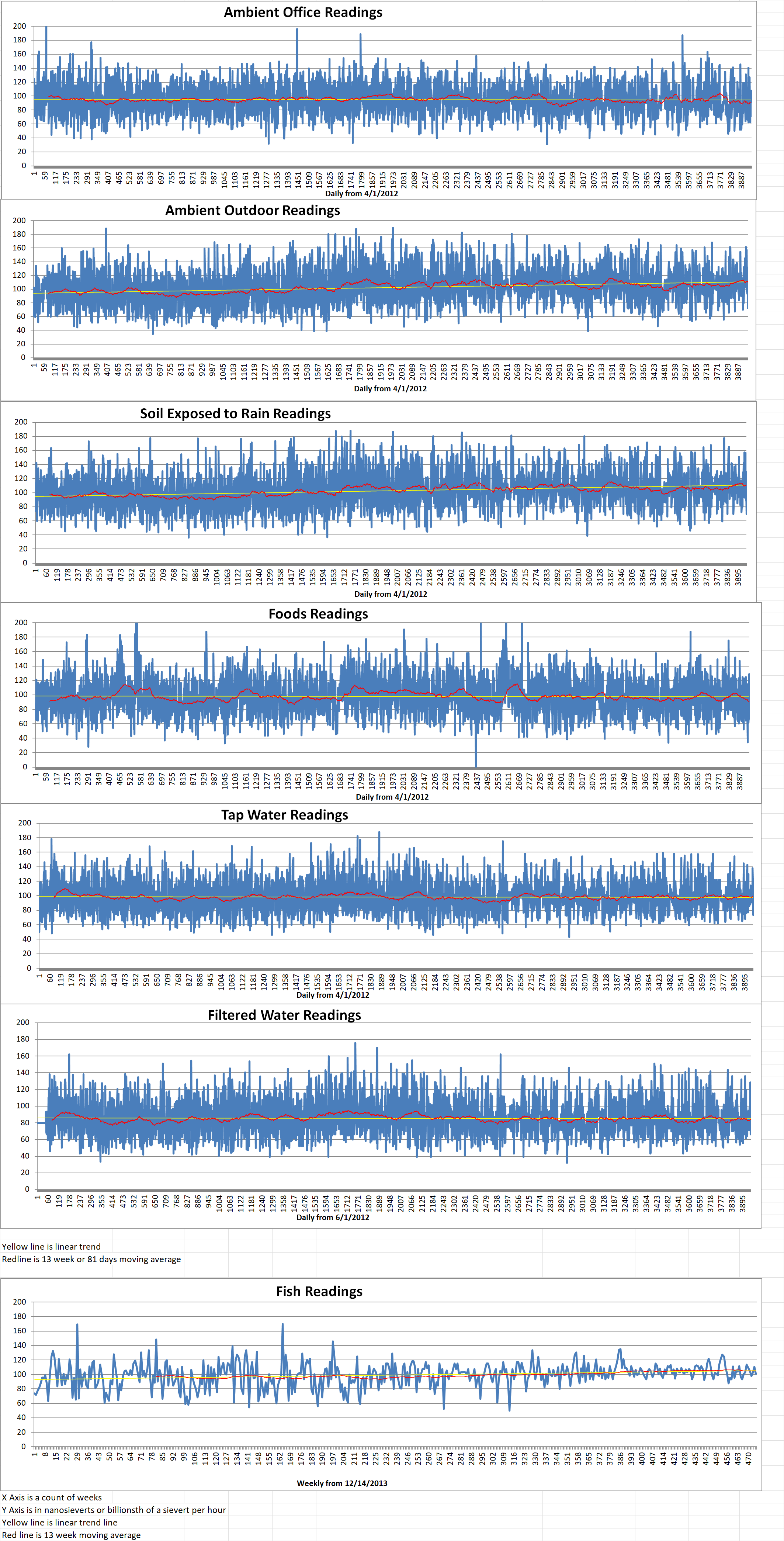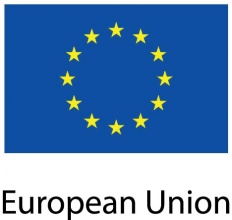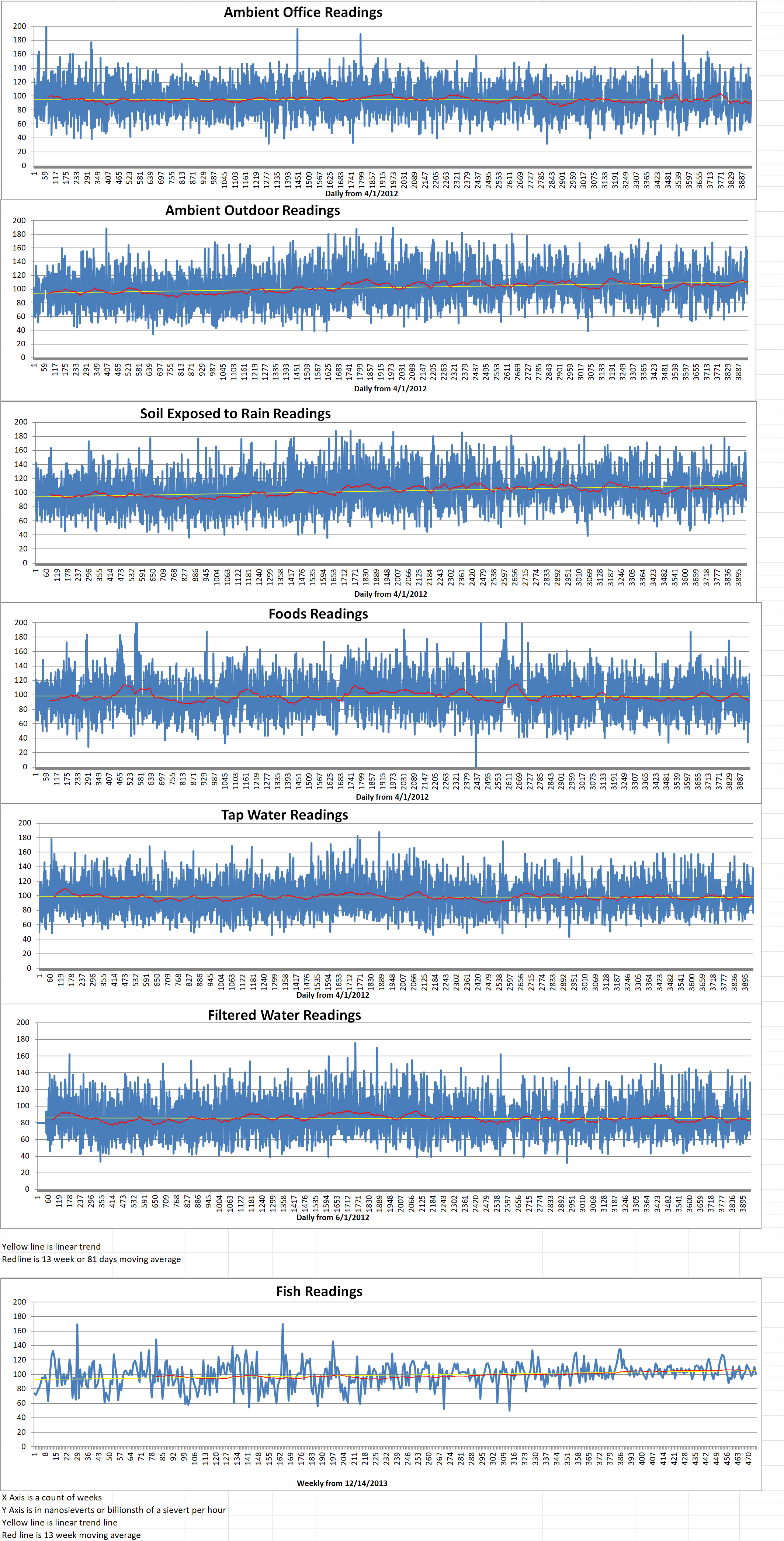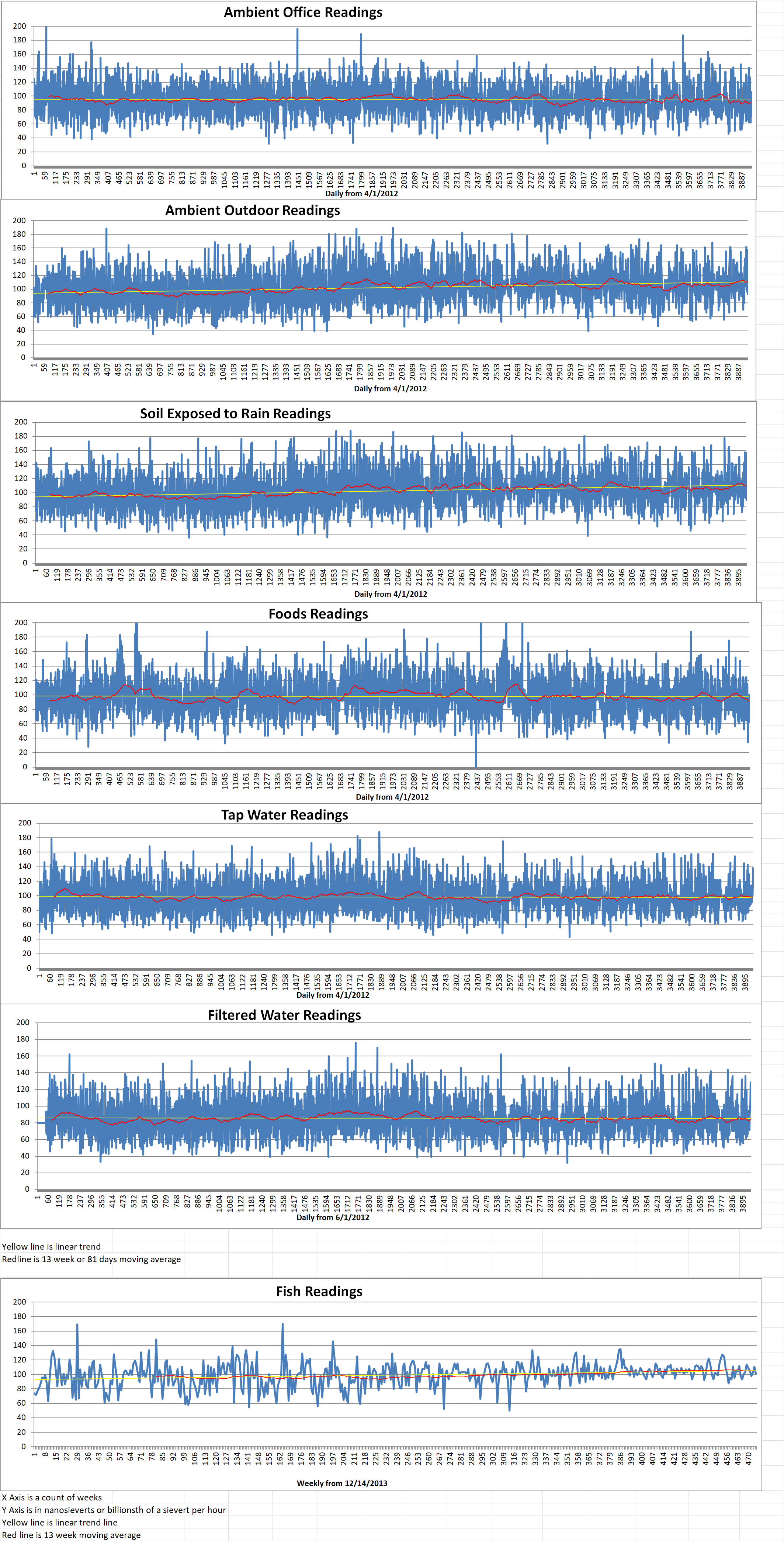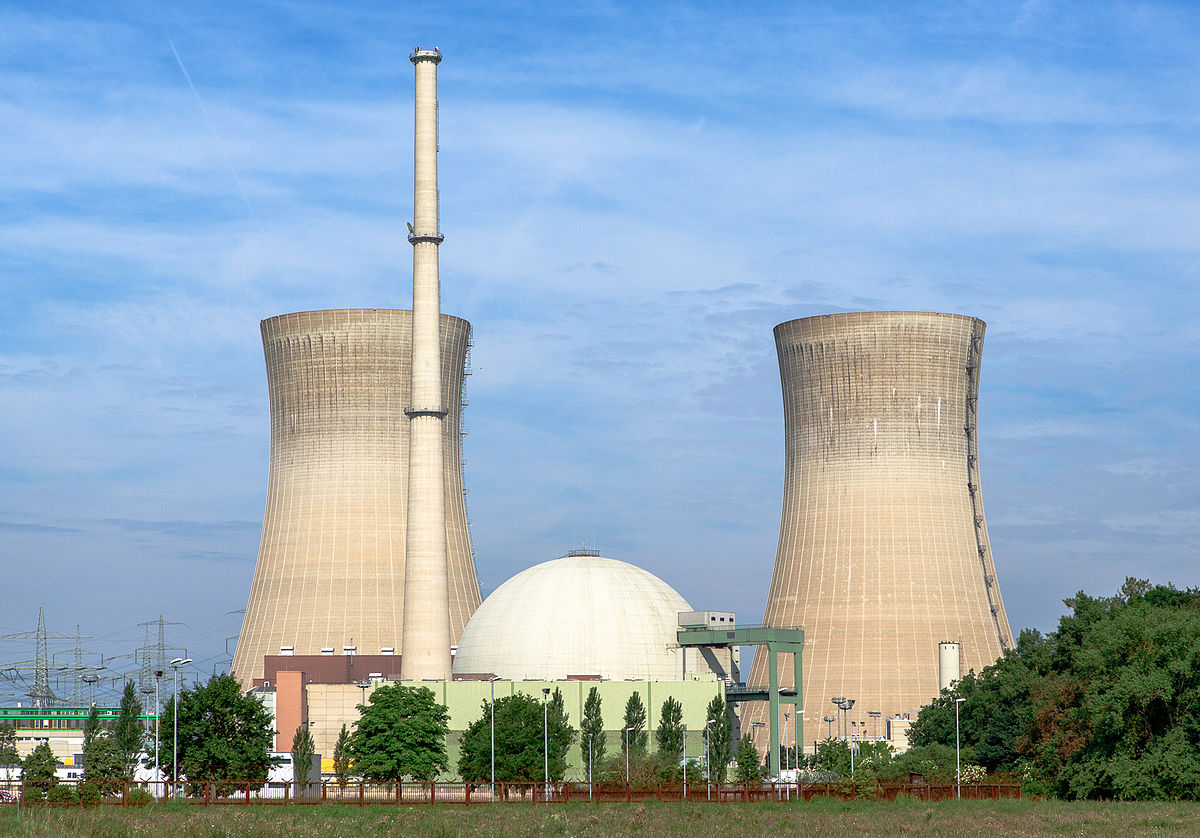Part 1 of 2 Parts
About one fifth of the electricity generated in the U.S. today is produced by commercial nuclear power plants. The country has ninety-two operating nuclear reactors. This is the largest nuclear fleet in the world.
Unfortunately, many of these power reactors have passed their anticipated lifespans of forty years. This means that policy makers are currently trying to decide whether to retire these aging reactors or reinforce their structures to prolong their use.
The debate centers around the status of nuclear energy as a low carbon alternative to fossil fuel such as coal, oil and natural gas. These fuels contribute to climate change.
The future of nuclear power in the U.S. may have another key consideration. This involves air quality according to new research by MIT. Nuclear power is a low-carbon alternative to fossil fuels. It also generates relatively little air pollution.
MIT researchers studied what would happen if all the nuclear power plants in the country were shut down and how other energy sources such as coal, natural gas, and renewables would supply resulting energy needs for a year. They published their research in the journal New Energy.
The MIT group found that shutting down all nuclear power plants in the U.S. could cause serious problems for air quality and human health. The researchers analyzed a scenario in which all nuclear power plants were shut down and replaced with other energy sources such as coal, natural gas and renewables. They estimated that the resulting increase in air pollution would lead to over five thousand additional pollution-related deaths in only one year.
However, if more renewable energy sources become available to supply the electrical grid, then air pollution would be reduced but not entirely eliminated. Even with this optimistic scenario, the team found that some parts of the country would still experience a slight increase in air pollution. This would result in two hundred and sixty additional pollutions related deaths in one year.
After reviewing the demographics most affected by the escalated pollution, the MIT group found that African American communities were most heavily impacted. These communities are disproportionately located near fossil-fuel plants.
Lyssa Freese is the lead author of the MIT report. She said, “This adds one more layer to the environmental health and social impacts equation when you’re thinking about nuclear shutdowns, where the conversation often focuses on local risks due to accidents and mining or long-term climate impacts.”
Noelle Selin is a co-author of the MIT report. She said, “In the debate over keeping nuclear power plants open, air quality has not been a focus of that discussion. We found was that air pollution from fossil fuel plants is so damaging, that anything that increases it, such as a nuclear shutdown, is going to have substantial impacts, and for some people more than others.”
The rest of the authors of the study are affiliated with MIT. They include Principal Research Scientist Sebastian Eastham, Guillaume Chossière SM ’17, PhD ’20, as well as Alan Jenn from the University of California at Davis.
Please read Part 2 next

